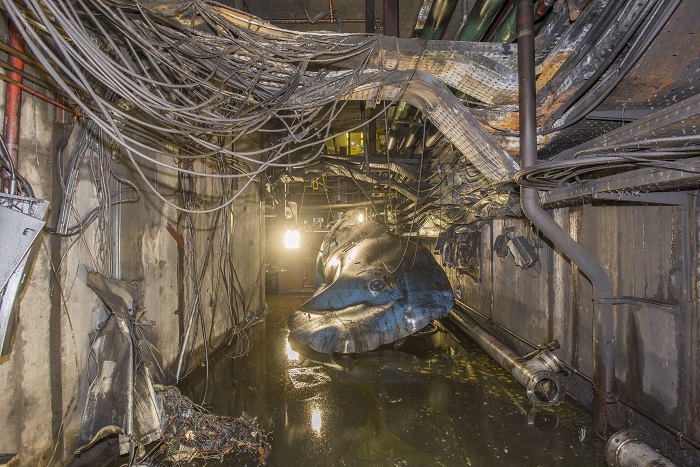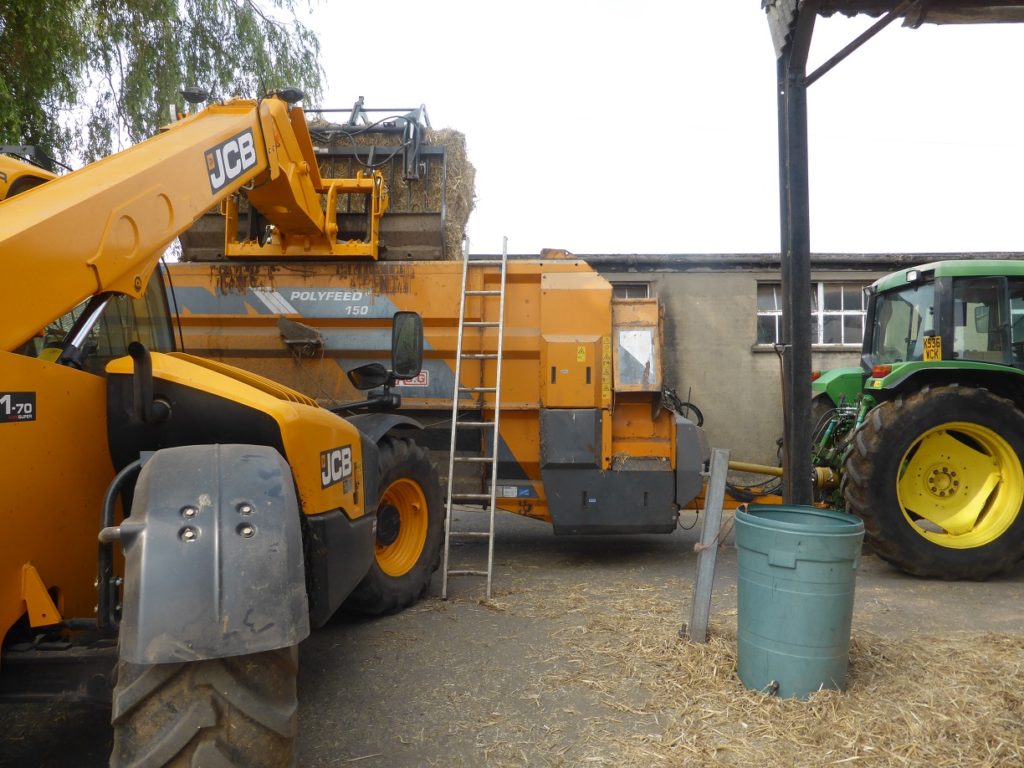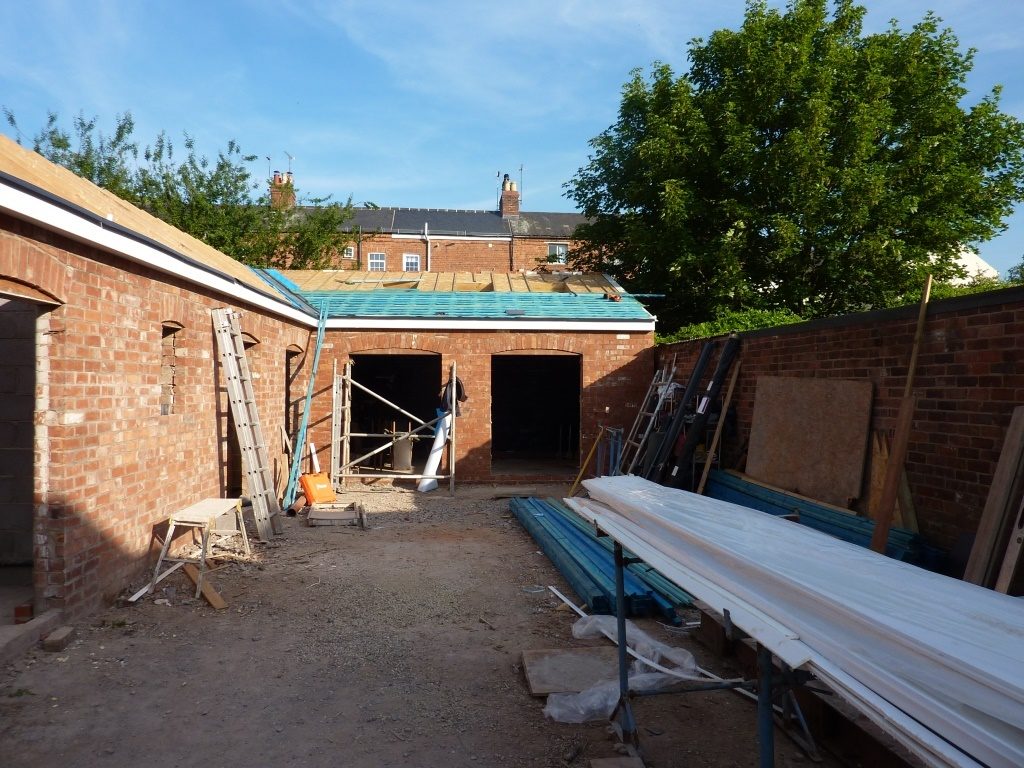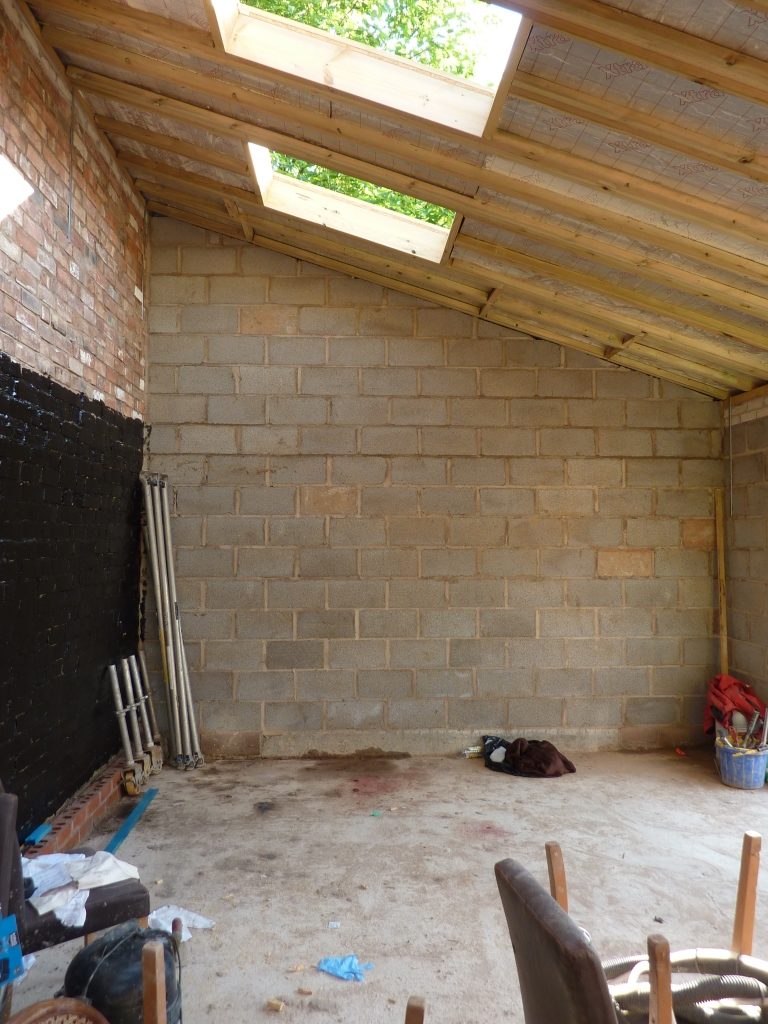Essex engineering firm sentenced after worker suffered serious hand injuries
An engineering firm was sentenced for safety breaches after a worker severed two fingers.
Chelmsford Magistrates’ Court heard that on 5 June 2018 an employee of Essex Governor Services Limited was polishing a work piece with an emery cloth whilst it was rotating in a manual metal working lathe at the company site in Colchester. His index and middle finger were severed as they were dragged in between the tool and the chuck. He later had his index finger sewn back in the place of his middle finger, but the other one could not be saved.
An investigation by the Health and Safety Executive (HSE) found the unsafe practice of using emery cloths in this way was custom and practice at the site. Essex Governor Services Limited had failed to identify the risks associated with the activity and as a result these practices had continued over a significant period. In addition, employees and their supervisor had not been provided with adequate information, instruction and training to work safely on the lathes.
Essex Governor Services Limited of Wormingford Road, Fordham, Colchester, pleaded guilty to breaching section 2(1) of the Health and Safety at Work Act 1974. The company has been fined £24,000 and ordered to pay costs of £4414.48 and victim surcharge of £170.
After the hearing HSE inspector Carla Baron said; “This incident could have easily been avoided had appropriate training and supervision been in place.
“Companies should be aware that HSE will not hesitate to take appropriate enforcement action against those that fall below the current standards. In this particular case, there is well-known industry guidance published on the HSE website that prohibits the application of a cloth directly by hand on a rotating manual metal working lathe.”
- The Health and Safety Executive (HSE) is Britain’s national regulator for workplace health and safety. It aims to reduce work-related death, injury and ill health. It does so through research, information and advice, promoting training; new or revised regulations and codes of practice, and working with local authority partners by inspection, investigation and enforcement. gov.uk[1]
- More about the legislation referred to in this case can be found at: legislation.gov.uk[2]
- HSE news releases are available at http://press.hse.gov.uk
- http://www.hse.gov.uk/pubns/eis2.pdf
The post Essex engineering firm sentenced after worker suffered serious hand injuries appeared first on HSE Media Centre.



